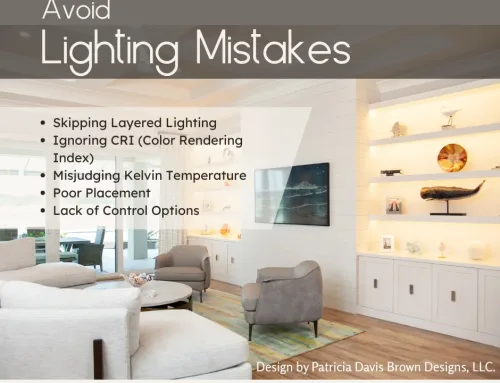Selling your home and moving into a different one is an exciting time in anyone’s life. Whether it’s your very first house or just a new home in a different location, there are certain things you need to do to ensure it’s ready to live in. Even if the old owners were great people who you trust, you will still need to ensure that your new home is fit for its purpose. You want to do the best for your family, therefore you need to make sure that the home is safe. Sure, the builder’s survey would have picked up on anything major structurally, but there are still things you need to consider. This post can help in that regard. You may have already given it some thought, but reading this New Home Handbook might open your eyes to some things you hadn’t even considered.
The New Home Handbook Steps for a Successful Move-In

Secure Your Home
Once you have moved into a new home, you need to properly secure it. Take a walk around the house, both inside and out, and think about what needs to be done. The most important thing is getting a locksmith to change all of the locks. You never know who the previous owners gave their keys to, so you should do this as soon as possible. It can be pricey, but it’s worth it, and it’s an easy way to secure your home. Another thing to look at is the windows. Some of the newer windows actually have external locks, so check those. There may be a lock on the garage, or on the garden fence gate. They all need to be checked as soon as possible.
Additionally, you need to take care of the security of your home by installing an alarm system. There may already be one installed, so you could potentially just get the codes changed. If not, then it would be a good idea to get a system installed. It will give you peace of mind knowing that everyone is safe and secure. Something else you could do is install a motion activated spotlight that can deter any thieves from entering. Properly securing your home is the first and most important thing you need to do in the New Home Handbook.
Pay Your Dues
Depending what country you’re from, there may be certain taxes and fines you have to pay as a new home owner. In the UK, for example, there is the stamp duty. It’s a ridiculous thing to have to pay, yet it’s illegal if you don’t. Your estate agent may have advised you about these, but just to be on the safe side you should try to do some research yourself. Double check and be sure. That way you will be in for no nasty surprises in the future.
Make It Safe
Now that you’ve secured and paid for your home, you need to make it safe from an internal perspective. If there’s any mold, it should be removed right away. Mold is especially dangerous for children and the elderly. It can cause problems such as asthma. You also need to make sure that there isn’t any asbestos left on the property. Of course, this only applies if you are purchasing an older home. There is government funding available to help with asbestos removal. Additionally, you need to check more obvious things such as fire alarms. Place them in main hallways, and always keep them maintained. You should consider buying CO2 (carbon dioxide) detectors as well. They will alarm you when excess CO2 is in the air. CO2 can be deadly, causing awful symptoms such as nausea, bad headaches, and even death.
Build in Energy Efficiency
Making your home energy efficient will help you save money. Get the boilers serviced to check out how good they are. Regular servicing lessens the risk of excess CO2 in homes, and it also ensures clean burning. It will save you lots of money in heating if your boiler is burning fuel the correct way. Consider installing a wood stove to reduce heating costs and lower your carbon footprint. Check your loft insulation too. This saves you money by keeping the heat in for longer periods of time. It is also much better for the environment. You can even get cavity wall insulation. It can do the same thing and ensure the heat doesn’t escape.
Check The Electrical Components
Another part of the New Home Handbook is making sure that all the electrical components in the house are functioning properly. You may need to get the house rewired if the current wiring is old and starting to cause problems. This can be quite expensive unless you know how to do it yourself. Check the plugs and ensure they aren’t sparking or blown. Look for brown burn marks which can show something has happened like a blowout or fire. These are all signs that the electrical system isn’t working as it should be.
Plumbing
Just like the electrical components, you need to be sure that there aren’t any issues with the plumbing. Check the pipes if you can, and look for holes and leakage. If water leaks, it could result in a pipe bursting. Water leakage can damage your home beyond measure. It can create faulty electricals, and unsafe flooring, especially on the upper floors. Check your radiators and the pipes coming to and from the boilers too. You will quickly deduce whether there is anything wrong.
Insurance
You are going to need both home insurance and contents insurance. This way if anything bad happens, you are totally covered and can claim it all back. This even includes things such as personal property, so it’s worth getting it. Home insurance is a legal requirement in many areas, and it means that if anything structural happens you can get it fixed.
If you follow the steps in this new home handbook, your home will be a safer place to live in.
Images Courtesy of Canva.
Other Posts You Might Enjoy:
Home and Office Safety Products
Home Improvement Ideas for Your To-do ListHome Upgrades that will Benefit your Everyday Life





